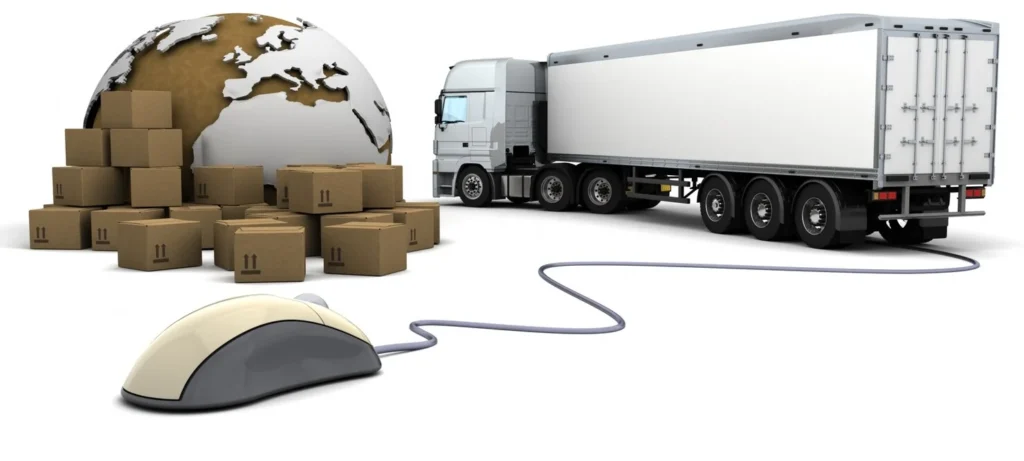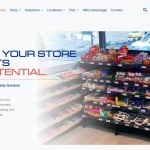Table of Contents
- Introduction
- Understanding Drop Trailer Logistics
- Key Advantages in Supply Chain Management
- Real-World Applications
- Challenges and Considerations
- Technological Advancements
- Future Trends
- Conclusion
Introduction
The logistics industry is a cornerstone of modern commerce, facilitating the movement of goods across global networks. Its efficiency and adaptability directly impact economic activity and consumer satisfaction. Within this expansive field, drop trailer benefits offer a strategic approach that enhances operations by decoupling the trailer from its truck. This enables businesses to negotiate the complex choreography of supply chains with greater dexterity, allowing for untapped flexibility that traditional logistics models cannot provide. By examining the intricacies of drop trailer logistics, one can gain insight into how this innovative method serves as a key competitive advantage.
Understanding Drop Trailer Logistics
At its core, drop trailer logistics involves leaving a trailer at a location so that it can be loaded or unloaded without the driver being present, making way for a seamless transition in the supply chain process. Drivers no longer need to remain idle while waiting for the loading or unloading to occur, which maximizes the use of both driver and vehicle. This logistical innovation allows for concurrent activities—drivers can drop off a trailer and proceed to their next appointment, trusting that the trailer can be managed independently at a pace dictated by the facility receiving the shipment. In an era where time equates to money, such autonomous operations contribute significantly to overall efficiency.
Key Advantages in Supply Chain Management
One of the most significant advantages of drop trailer logistics is the reduction in loading and unloading times, which directly boosts supply chain efficiency. By freeing drivers from fixed schedules, companies can optimize delivery routes and adapt more quickly to changes in demand. This flexibility proves invaluable in peak seasons when traditional logistics might struggle to meet increased demand. Additionally, the decoupled operation allows for improved load management, mitigating the risks of demurrage fees associated with delays.
Cost efficiency is another hallmark of this approach. Reduced idle times mean that companies can utilize their fleet more fully, amortizing their investment over a greater volume of work. Furthermore, this enables optimized driver hours, lowering costs related to overtime and providing a healthier work-life balance for employees. Businesses can scale their operations without necessarily expanding their fleet, leading to pronounced cost savings and a stronger competitive stance in the market.
Real-World Applications
Industries that operate on tight logistical schedules, such as retail, manufacturing, and food distribution, have found considerable value in adopting drop trailer logistics. For example, retail giants use this method to ensure that delivery schedules are not compromised by unloading bottlenecks, allowing store shelves to remain stocked and meet customer demand efficiently. In manufacturing settings, these trailers can remain on-site for extended periods, allowing for a more relaxed and calculated approach to loading high-value goods.
The Journal of Commerce highlights effective use cases where drop trailers have enhanced resilience across intermodal networks. By integrating this strategy, companies are better positioned to navigate supply chain disruptions, thus maintaining continuity in service delivery.
Challenges and Considerations
While the benefits of drop trailer logistics are compelling, several challenges must be acknowledged. Coordination stands as a primary concern; seamless drop and pick operations require precise timing and communication between shippers, drivers, and receivers. Infrastructure also plays a critical role; facilities must be equipped with adequate space and resources to handle unattended trailers. Security remains a prominent concern, as trailers left unattended can become targets for theft or tampering, necessitating robust security measures such as surveillance and locking mechanisms.
Companies must invest in clearer communication channels and collaborative planning to overcome these challenges. Establishing standardized protocols and investing in infrastructure improvements can mitigate potential inefficiencies and ensure the safety and reliability of the logistics process.
Technological Advancements
Technology is pivotal in modernizing drop trailer logistics. Advanced Transportation Management Systems (TMS) and real-time tracking solutions empower companies with the data needed to fine-tune their operations. TMS software can assist with optimizing delivery routes, scheduling pickups and drop-offs more efficiently, and analyzing performance metrics to highlight areas for improvement.
Real-time data allows companies to maintain oversight on trailer locations and conditions, thus enabling proactive management and rapid response should issues arise. Predictive analytics, supported by machine learning, can further optimize load assignments and fuel consumption, reducing the environmental impact and operational costs associated with logistics.
Future Trends
The future of drop trailer logistics is set to intertwine closely with sustainability and technological advancement. As environmental concerns become more pressing, logistics providers increasingly adopt practices that reduce carbon footprints. According to Logistics Management, integrating green practices into logistical strategies will be central to future operational models.
Additionally, the rise of automation and the Internet of Things (IoT) could significantly transform logistics, with smart systems enhancing both efficiency and safety. The emergence of electric and autonomous vehicles tailored for drop trailer operations could redefine how logistics firms address last-mile delivery challenges.
Conclusion
Drop trailer logistics is rapidly gaining traction as a potent strategy to optimize supply chain operations. Affording businesses increased flexibility and cost efficiency allows for seamless adaptation to fluctuating market demands. While challenges exist, integrating advanced technologies and sustainable practices positions companies to leverage drop trailer logistics effectively. As the logistics landscape evolves, these innovations will likely become integral tools in achieving robust and resilient supply chains.







